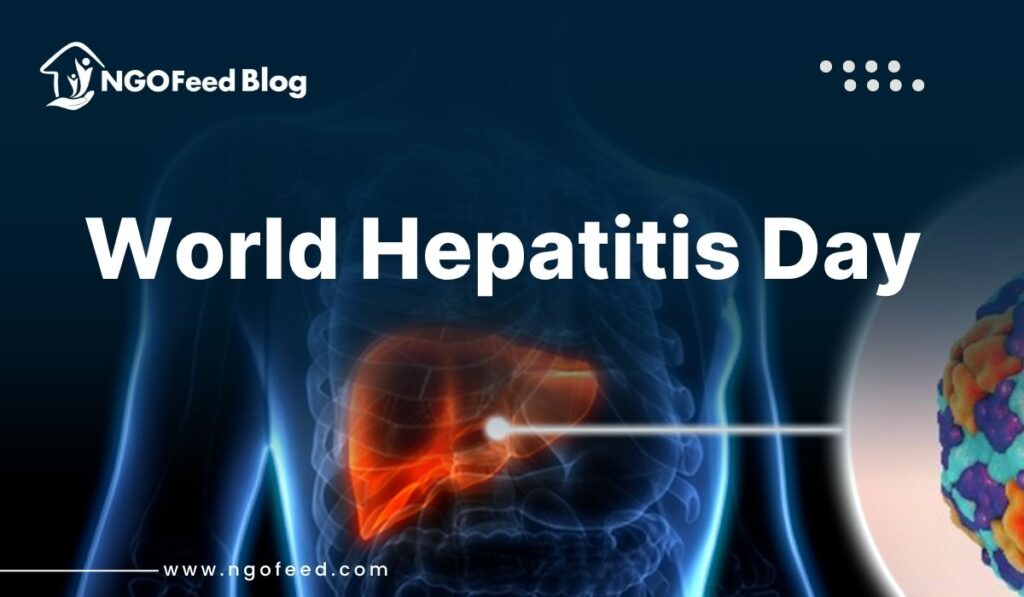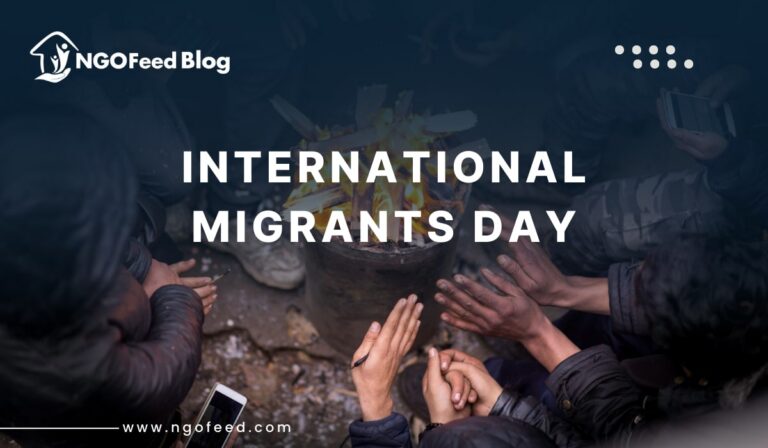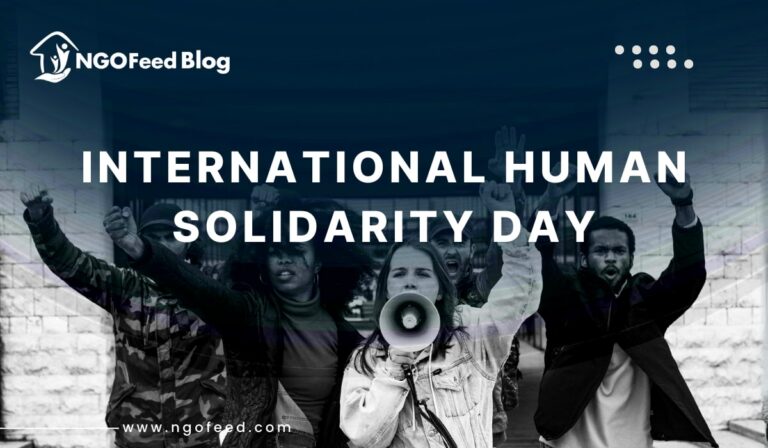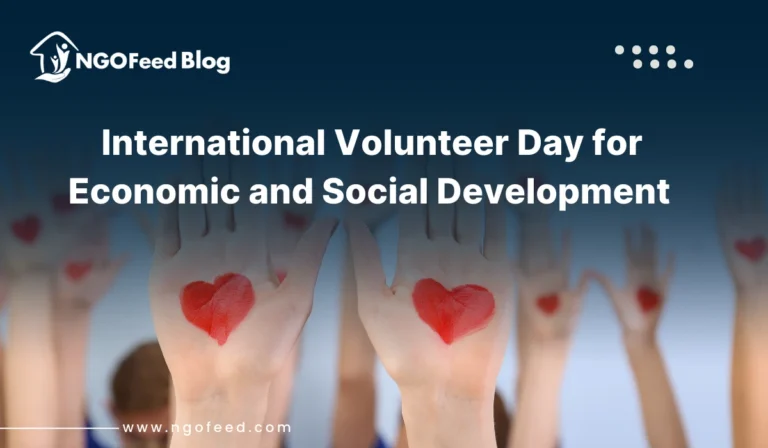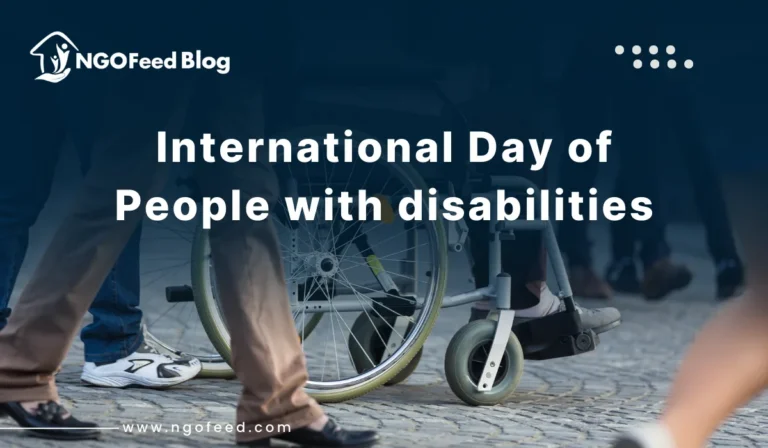Celebrated annually on July 28, World Hepatitis Day is among the official international health events acknowledged by the World Health Organization (WHO). It highlights worldwide the silent yet catastrophic effects of viral hepatitis, which kills more than 1. 3 million people yearly—a number comparable to those for HIV/AIDS, tuberculosis, or malaria. The illness presents a major public health load as around 354 million individuals across the globe are thought to have chronic hepatitis B or C.
Millions are unaware of their infection status until it results in significant liver illness including cirrhosis and hepatocellular carcinoma (liver cancer), even if preventable and treatable. Thus, in line with the WHO Global Health Sector Strategy, this day seeks to raise awareness around the world, improve testing and treatment access, and mobilize action to eliminate hepatitis by 2030.
Table of Contents
Developmental Background Originally
A project of the World Hepatitis Alliance in partnership with the WHO, World Hepatitis Day started to be observed. Chosen to be commemorated on 28 July, the birthdate of Dr. Baruch Samuel Blumberg, who found the hepatitis B virus and created the first vaccine, it was formally supported by the World Health Assembly in 2010. His ideas formed the ground for scientific advances in virology, immunology, and policies concerning public health. Originally commemorated on May 19, World Hepatitis Day was moved in 2010 to celebrate the memory of Dr. Blumberg. Today, more than 100 nations celebrate the day with coordinated activities coordinated by governments, NGOs, colleges, and healthcare organizations.
Also Read: Role of UNESCAP in India
World Hepatitis Day 2025 Theme
Hepatitis Cannot Wait to be confirmed for 2025 by WHO: The forceful theme “Hepatitis Can’t Wait” highlights the need for swift action in fighting hepatitis. Though terrible in itself, the COVID-19 epidemic hampered access to regular testing, vaccinations, and medical care, therefore reversing advances in hepatitis management.
The motif brings us to the following:
- One person passes away every 30 seconds from a hepatitis-related cause.
- Though they might not exhibit any symptoms for decades, individuals with hepatitis risk abrupt, fatal complications.
- Delays in action can have irreversible effects whether from politicians, health systems, or people.
“We have the tools to end hepatitis — now we need the political and moral will.” — Charles Gore, Founder, World Hepatitis Alliance
Kinds of Viral Hepatitis
Knowing the five major kinds of viral hepatitis enables one to create educated replies:
- Transmitted by means of infected food or water, acute but preventable via vaccine. Hepatitis A (HAV).
- Hepatitis B (HBV): It can become chronic; it is transferred via blood, unprotected sex, or mother-to-child.
- Spread mostly via blood (unsafe injections, transfusions), Hepatitis C (HCV) is chronic and hazardous yet curable with antivirals.
- Only individuals infected with HBV get hepatitis D (HDV).
- Extremely serious. Waterborne virus primarily affecting developing countries causes hepatitis E (HEV), which is harmful during pregnancy.
Also Read: Role of UNHRC in India
Worldwide Burden: Horrific Statistics
- Around 354 million individuals have hepatitis B and C.
- Ten percent of persons with hepatitis B have been diagnosed; 21% of those with hepatitis C have been diagnosed.
- Fewer of less than 10% of the world have sought therapy. Still the main cause of liver cancer worldwide is Hepatitis B.
These numbers highlight the under-diagnosed and under-treated character of hepatitis worldwide, which drives its propagation and consequences.
Study of a Case: India’s Hepatitis Burden
India is responsible for a substantial share of the worldwide hepatitis burden, estimates indicate:
- More than 40 million hepatitis B sufferers are roughly
- 12 million people with hepatitis C.
Among the elements influencing this are:
- Especially in rural areas, dangerous injections and transfusions abound.
- Lack of awareness and social stigma.
- Restricted regular screening, notably in poorer communities.
- Insufficient medical care access in far-off locations.
Also Read: Role of WHO in Healthcare
Part of the National Viral Hepatitis Control Programmer (NVHCP) launched in 2018, the Indian government seeks to offer free screening, diagnosis, and treatment of hepatitis B and C—especially among high-risk groups like dialysis patients, those with HIV, and substance abusers.
World Hepatitis Day – Targets of the Day Raise
- Public knowledge of viral hepatitis’s character, transmission, and dangers.
- Encourage adult testing, newborn screening, and hepatitis B immunization.
- Foster compassion, lessen prejudice, and make hepatitis discussions commonplace so as to eliminate fear and stigma.
- Call for greater government funding in hepatitis eradication campaigns.
- International Cooperation: Improve ties among governments, NGOs, and medical facilities.
How the Day Is Viewed Globally
Celebrated with a range of awareness and advocacy activities, World Hepatitis Day includes:
- Community events, torchlight processions, public marches.
- Free hepatitis screening and camps for liver check-up.
- Interactive webinars, meetings, and expert panels.
- Delivery of instructional materials in hospitals, universities, and schools. Hashtags such as #WorldHepatitisDay, #HepCantWait, and #EliminateHepatitis.
Help to drive social media toward Usually lit in yellow and blue, the official hues of hepatitis awareness, famous landmarks all over, like the Colosseum in Rome and Burj Khalifa in Dubai, are frequently illuminated.
Importance of International Organizations and NGOs Supporting national initiatives
The World Hepatitis Alliance organizes thousands of events all around. MSF provides hepatitis treatment in underdeveloped areas. India’s Liver Foundation offers medical help and instruction. WHO offers toolkits, action strategies, and worldwide data for national hepatitis elimination campaigns. These groups collaborate with local governments to raise testing, enhance diagnostics, and offer inexpensive medications including direct-acting antivirals (DAAs) for hepatitis C.
Why should we celebrate World Hepatitis Day?
The reason why World Hepatitis Day is celebrated every year on July 28 goes back almost a century. On that date in 1925, Baruch S. Blumberg was born in Brooklyn, N.Y.C. Some years later, after serving in the U.S. Navy and then earning his medical degree from Columbia University, Dr. Blumberg became intrigued by parasitology. That led him to conduct research in Nigeria and, “it eventually led to the discovery of several new polymorphisms and, in due course, the hepatitis B virus.”
For his breakthrough discovery of hepatitis B, Dr. Blumberg was awarded the Nobel Prize in Medicine and Physiology in 1976.
Many people don’t even know that they are going through with the disease as many people with hepatitis do not have any symptoms. The acute infection symptoms can appear anytime between 2 to 6 weeks after exposure to Hepatitis.
The acute hepatitis symptoms are fever, fatigue, loss of appetite, nausea, vomiting, abdominal pain, dark urine, light-colored stools, joint pain, and jaundice. On the other hand, chronic viral hepatitis could take decades to develop.
Also Read: Role of NGOs in HIV and AIDS Awareness and Prevention
Personal Initiative: What You Can Contribute
Everyone has the potential to make a significant contribution:
- Particularly if you belong to a high-risk group, get tested for hepatitis B and C.
- Be immunized against hepatitis A and B.
- Steer clear of needles, razors, toothbrushes, or tattoos gotten from unauthorized practitioners.
- Advocate for safe sex behaviors and make sure blood products are thoroughly tested.
- Share knowledge with relatives and friends; awareness saves lives.
Medical and Scientific Breakthroughs
- In many nations, hepatitis B vaccinations are a component of the Universal Immunization Programme and are both safe and quite effective.
- New-generation antivirals enable an 8–12-week cure for Hepatitis C.
- Faster, low-cost identification even in faraway clinics is made possible by quick diagnostic tools.
- Risk detection and treatment management are using telemedicine and artificial intelligence.
Ahead lie difficulties still:
- Myths and stigma: Many societies still regard hepatitis as a moral or spiritual problem.
- Funding gaps: Less worldwide money goes towards hepatitis than it does to malaria or HIV/AIDS.
- Inequalities in healthcare: Poor rural communities have limited access to treatment and screening.
- Many countries have inadequate monitoring data to direct policy.
World Hepatitis Day – Future Vision
The WHO aims for eradication of viral hepatitis by 2030 as a public health danger, defined as:
- Ninety percent less in new infections.
- Death from complications associated with hepatitis decreased by 65%.
Reaching these demands:
- Greater political will and resources.
- Extended global health coverage.
- Testing and therapy that are not centered around one point.
- Youth participation and educational initiatives.
Also Read: Role of NGOs in Mental Health
Conclusion
World Hepatitis Day is more than just a day; it is a worldwide movement against an intangible pandemic. It illuminates overlooked communities, begs the planet to put money in prevention, and reminds us that science has made hepatitis eliminable. Action, solidarity, and awareness on every level—from governments to grassroots—are needed right now. World Hepatitis Day offers hope, knowledge, and a call to eradicate what has long been a covert killer in a society that frequently forgets the illnesses not grabbing daily attention.

